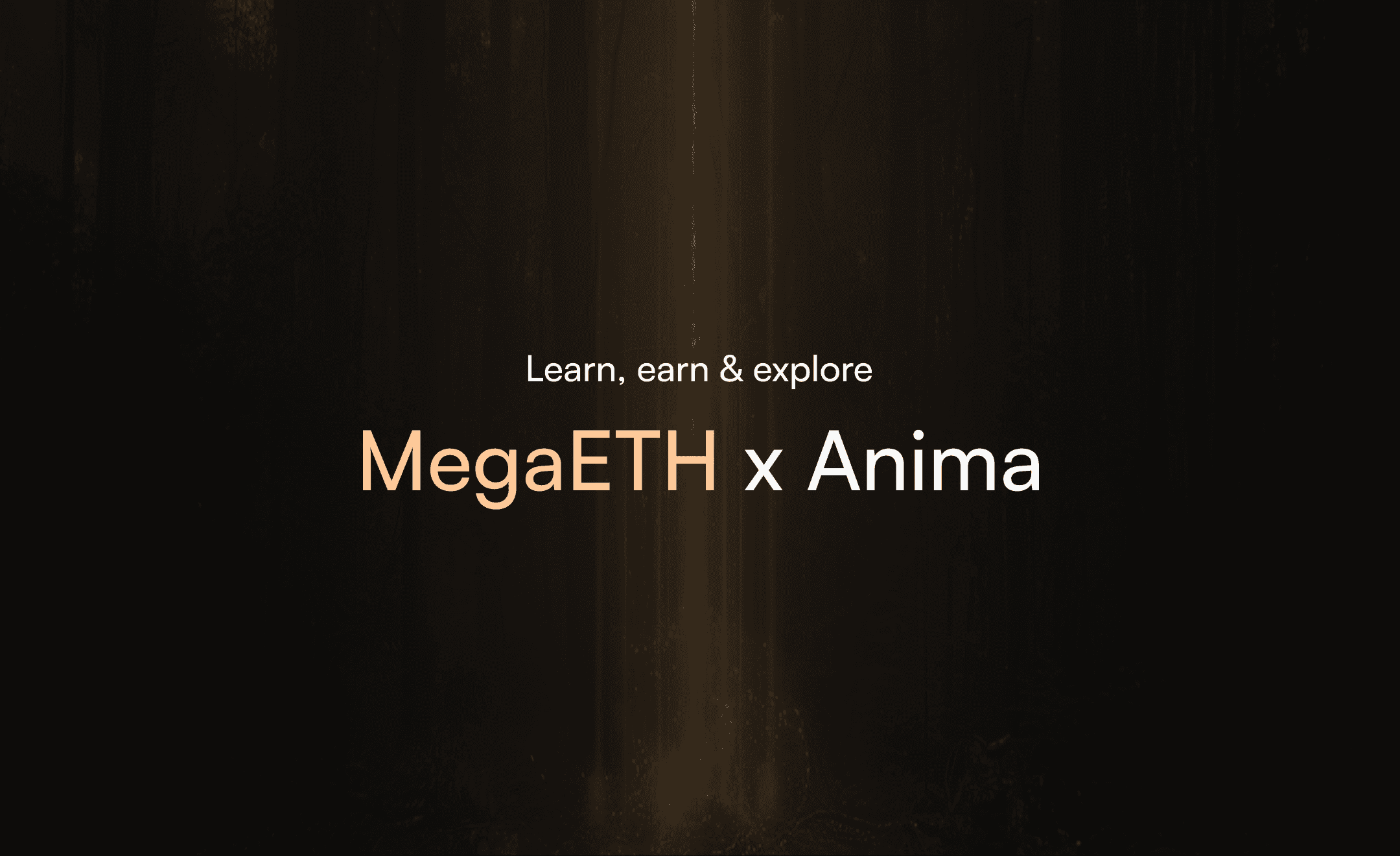Starknet's Airdrop and Its Impact on the Community
While it aimed to reward developers, active participants, and stakers, the airdrop's criteria and subsequent market performance have sparked significant discussions within the community.
5 min
read





Starknet, a Layer 2 scaling solution for Ethereum, launched its airdrop in February 2024, distributing over 700 million STRK tokens to eligible users.. While it aimed to reward developers, active participants, and stakers, the airdrop's criteria and subsequent market performance have sparked significant discussions within the community.
Let's dive in.
What is Starknet?
Starknet is a permissionless Layer 2 scaling solution for Ethereum, built on zk-rollup technology to tackle network congestion and enhance transaction efficiency. It was born from StarkEx, a permissioned blockchain initially designed to serve specific applications like the decentralized exchange dYdX and the Layer 2 platform ImmutableX. While StarkEx was restricted in access, Starknet was created to be open-source, decentralized, and accessible to everyone, allowing for greater innovation and inclusivity in the ecosystem.
Launched in November 2021, Starknet enables developers to build a wide range of decentralized applications (dApps) while significantly improving Ethereum's scalability and performance.
The Airdrop: Criteria and Distribution
In its first airdrop phase, Starknet distributed over 700 million STRK tokens to eligible users, including developers, Ethereum stakers, and Starknet participants. Approximately 1.3 million wallets qualified, with individual allocations ranging from 500 to 180,000 STRK, depending on user activity. The airdrop emphasized rewarding developers, active users, and high-value participants.
Eligibility Criteria:
To qualify for the airdrop, users needed to meet several conditions:
Completed at least five transactions by November 15, 2023.
Demonstrated consistent activity over three or more months.
Conducted transactions worth $100 or more.
Maintained a wallet balance of at least 0.005 ETH by the snapshot date.
These criteria sparked significant criticism, particularly from users who were excluded despite holding substantial funds in Starknet liquidity pools. The minimum ETH requirement created frustration and led to distrust within the community.
Many users had funds locked in Starknet liquidity pools, where they contributed to the ecosystem and earned returns (APY) on their investments. These liquidity pools didn’t count towards the wallet balance needed for the airdrop, which is why those users were disqualified, even though they held significant amounts of money.
Post-Airdrop Challenges
The distribution of 700 million tokens, while substantial, was accompanied by key challenges:
Community Backlash: Many users expressed dissatisfaction over strict eligibility (minimum of 0,005 ETH required in the wallet) requirements, which excluded them despite their engagement with Starknet. This hurt Starknet’s reputation among early adopters.
Investor Allocation Concerns: 13% of the total token supply is allocated to investors and scheduled to unlock by April 15, 2024. This upcoming event is expected 2 months after the TGE and introduce significant selling pressure, which could further affect the token's price.
Price Performance: The STRK token launched at $1.50 but has since seen a sharp decline, now trading at $0.42. The combination of community discontent and market conditions has contributed to this downward trend.
Lessons from Starknet’s Airdrop
Starknet’s airdrop offers valuable insights for projects planning their own token distribution:
Reward the Community: Ensuring a fair distribution that recognizes diverse contributions can build trust and loyalty. Starknet’s exclusion of certain users despite their engagement caused significant frustration.
Manage Token Unlocking Carefully: Starknet’s decision to unlock 13% of investors tokens just two months after the TGE introduced significant selling pressure, destabilizing the price. Timing is crucial to avoid market volatility.
Effective Communication: Clear, continuous communication about the airdrop process and token utility helps manage expectations and reduce confusion.
Starknet's experience emphasizes the importance of community involvement, strategic timing, and thoughtful token distribution to maintain long-term success and market stability.
Starknet, a Layer 2 scaling solution for Ethereum, launched its airdrop in February 2024, distributing over 700 million STRK tokens to eligible users.. While it aimed to reward developers, active participants, and stakers, the airdrop's criteria and subsequent market performance have sparked significant discussions within the community.
Let's dive in.
What is Starknet?
Starknet is a permissionless Layer 2 scaling solution for Ethereum, built on zk-rollup technology to tackle network congestion and enhance transaction efficiency. It was born from StarkEx, a permissioned blockchain initially designed to serve specific applications like the decentralized exchange dYdX and the Layer 2 platform ImmutableX. While StarkEx was restricted in access, Starknet was created to be open-source, decentralized, and accessible to everyone, allowing for greater innovation and inclusivity in the ecosystem.
Launched in November 2021, Starknet enables developers to build a wide range of decentralized applications (dApps) while significantly improving Ethereum's scalability and performance.
The Airdrop: Criteria and Distribution
In its first airdrop phase, Starknet distributed over 700 million STRK tokens to eligible users, including developers, Ethereum stakers, and Starknet participants. Approximately 1.3 million wallets qualified, with individual allocations ranging from 500 to 180,000 STRK, depending on user activity. The airdrop emphasized rewarding developers, active users, and high-value participants.
Eligibility Criteria:
To qualify for the airdrop, users needed to meet several conditions:
Completed at least five transactions by November 15, 2023.
Demonstrated consistent activity over three or more months.
Conducted transactions worth $100 or more.
Maintained a wallet balance of at least 0.005 ETH by the snapshot date.
These criteria sparked significant criticism, particularly from users who were excluded despite holding substantial funds in Starknet liquidity pools. The minimum ETH requirement created frustration and led to distrust within the community.
Many users had funds locked in Starknet liquidity pools, where they contributed to the ecosystem and earned returns (APY) on their investments. These liquidity pools didn’t count towards the wallet balance needed for the airdrop, which is why those users were disqualified, even though they held significant amounts of money.
Post-Airdrop Challenges
The distribution of 700 million tokens, while substantial, was accompanied by key challenges:
Community Backlash: Many users expressed dissatisfaction over strict eligibility (minimum of 0,005 ETH required in the wallet) requirements, which excluded them despite their engagement with Starknet. This hurt Starknet’s reputation among early adopters.
Investor Allocation Concerns: 13% of the total token supply is allocated to investors and scheduled to unlock by April 15, 2024. This upcoming event is expected 2 months after the TGE and introduce significant selling pressure, which could further affect the token's price.
Price Performance: The STRK token launched at $1.50 but has since seen a sharp decline, now trading at $0.42. The combination of community discontent and market conditions has contributed to this downward trend.
Lessons from Starknet’s Airdrop
Starknet’s airdrop offers valuable insights for projects planning their own token distribution:
Reward the Community: Ensuring a fair distribution that recognizes diverse contributions can build trust and loyalty. Starknet’s exclusion of certain users despite their engagement caused significant frustration.
Manage Token Unlocking Carefully: Starknet’s decision to unlock 13% of investors tokens just two months after the TGE introduced significant selling pressure, destabilizing the price. Timing is crucial to avoid market volatility.
Effective Communication: Clear, continuous communication about the airdrop process and token utility helps manage expectations and reduce confusion.
Starknet's experience emphasizes the importance of community involvement, strategic timing, and thoughtful token distribution to maintain long-term success and market stability.
Our latest articles














